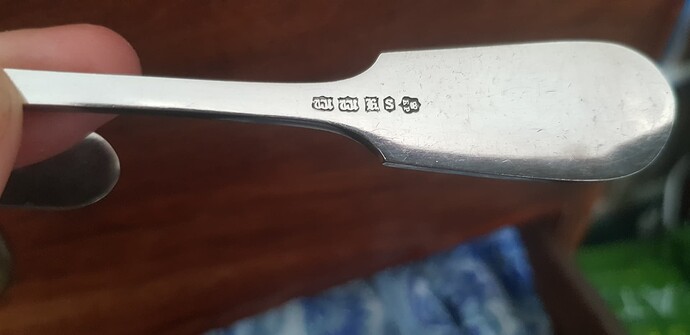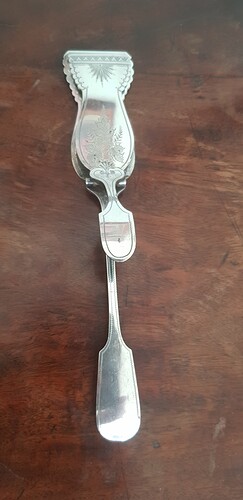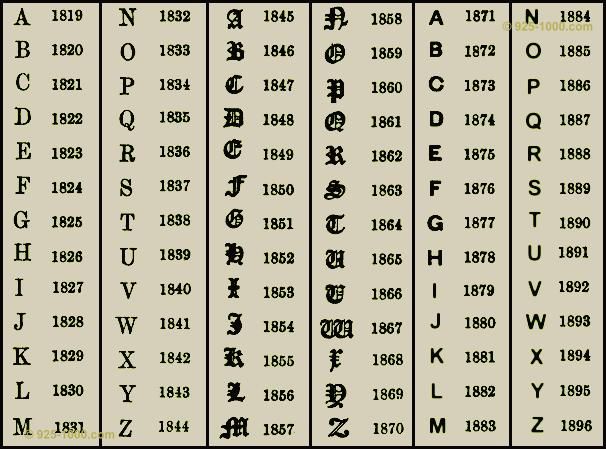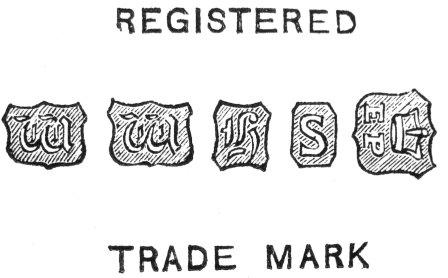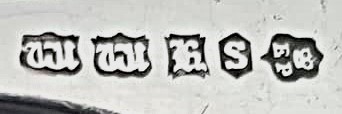If it’s English it is made before 1896 when use of the crown on electro-plate was banned.
There is a lower case gothic single “w” followed by a gothic “h” on the Walker Hall file which also has, so it claims, a crown over an EP mark. I think it is a crown over an NP mark but either way both Walker Hall and Elkingtons had to drop the royal bauble as the Sheffield silversmith, whose assay office also used it, complained.
I am actually wonder if it is a sandwich tong? The ones I have seen have a rectangular base to support the delicate morsel.
I am also pondering the point of them if they are a sandwich tong. I mean someone had to make the sandwiches and they had their grubby mitts all over them in the kitchen so why can’t the end consumer be afforded similar licence?
Oh well, I never did get invited to an Edwardian or Victorian tea party and guess I never will now. Probably lacking the 10/6 penny top hat and a door mouse for a companion did my chances in.
CRWW
What happens in the kitchen, stays in the kitchen. In my younger days I worked in a couple of restaurants. If you knew what went on back there, you’d never dine out again without being properly inoculated beforehand.
The other option is an Asparagus lifter. I do love how Victorians had an implement for every purpose. I also inherited a fish serving fork from my Uncle
This electroplated piece has the manufacturer’s mark WWH for William Wheatcroft Harrison of Sheffield, later W W Harrison & Co.
None of you asked, in my opinion, the right question, why I wrote “WWK”. Because the letter “H” from the described item more closely resembles the letter “K”.
Could this have been a craftsman’s error?
Of course Phil’s answer is correct, but I tend to be picky about details by nature.
That WWH is devilishly gothic isn’t it?
I’m not going to interfere in the discussion anymore. I’m too stupid… ![]()
